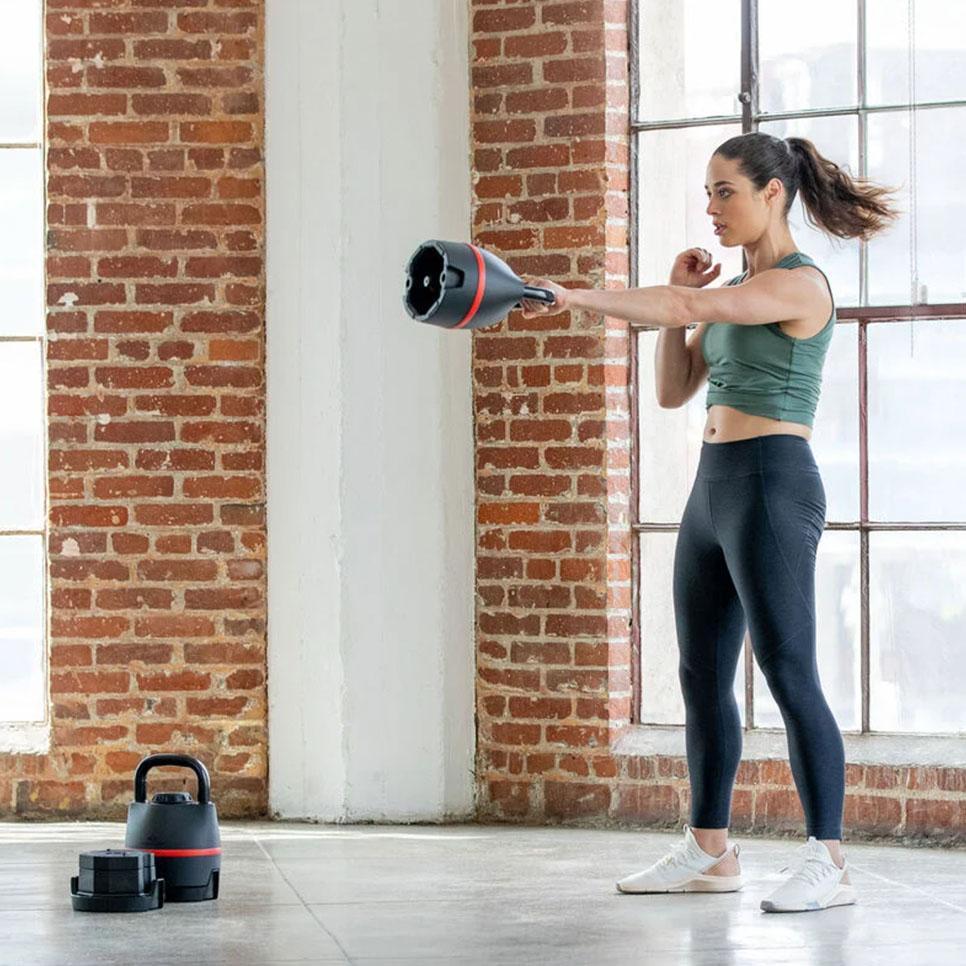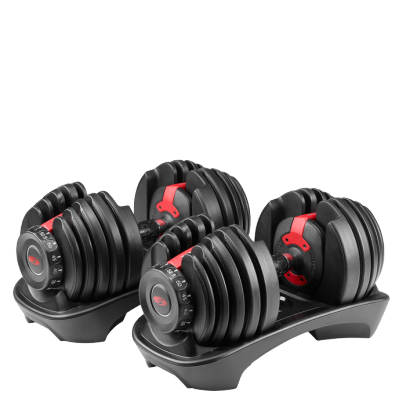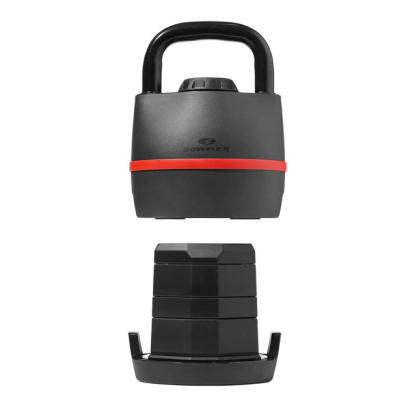Fitness Equipment
Kettlebells vs Dumbbells: What’s better for your home gym?

Depending on your training style and what you’re trying to accomplish during workouts both at the gym and at home, optimizing your equipment can help you achieve your fitness goals faster. Kettlebells and dumbbells are two popular tools that can increase the efficiency of your workouts without taking up too much space. Many people think the two types of free weights are interchangeable, but they do have somewhat different functions to consider when determining their usefulness to your workouts—and how they will impact your golf swing.
To figure out what’s best for your game, Golf Digest's chief fitness advisor, Ben Shear, shared the pros and cons for training with both—and a couple of exercises that you can use to boost your performance in the gym and on the course.
Dumbbells
Dumbbells are great for training the prime movers, which are the big superficial muscles such as your glutes, hamstrings, quadriceps and pectorals. They are responsible for creating power in your swing.
Dumbbells are also great for unilateral strength work, Shear says. Unilateral exercises train a single side rather than both at once, which is great for creating opposition and challenging your balance. They help you improve weight transfer and maintain proper posture throughout your swing.
A great example of an exercise that utilizes dumbbells to train prime movers and work on unilateral strength are Bulgarian split squats. Shear says they’re one of the best leg exercises to build lower body strength and power.
If you try them at home, explode up as fast as possible, Shear says.
The only con to working with dumbbells, according to Shear, is that grip strength can be a limiting factor. If you’re confident that you can lift heavier weights than your grip allows, a simple way to get around this obstacle is to use lifting straps. Although, we recommend that you consult a health-and-fitness professional before trying or adding any new activity to your routine.
Kettlebells
One of the biggest advantages of using kettlebells is that the center of mass is below the handle. This means that more stability is required to use them, Shear says. However, this orientation of the bell, with the mass being below the handle, also means they aren’t as beneficial for training the big muscles of the golf swing.
Shear says that kettlebells are optimal for swinging exercises, like split-stance kettlebell pendulum swings with a pause. This is a great exercise for improving internal and external hip rotation, pelvic stability and core rotation and stability. The bell-like design of kettlebells require the body to keep steadier than dumbbells, putting the stabilizer muscles to work.
If you're someone that incorporates exercises such as cleans, around-the-worlds or swings into your workouts, they will make a great addition to your home gym. You can also use kettlebells in a handle-down orientation, making them more of a challenge to control. A major benefit of using kettlebells is the increased range of motion allowed from gripping the handle for more dynamic movements.
Shear says that kettlebells are also great for unilateral power exercises such as lateral lunges to increase leg and hip strength—a must for golfers to stay mobile on the course and key to helping prevent injuries.

Grip strength can also be a limiting factor when working with kettlebells, but the handle-like design gives them a slight advantage over dumbbells. Dumbbells, on the other hand, are inherently more stable than kettlebells, allowing for more reps and building power.
For more workouts from Shear and other Golf Digest 50 Best Fitness Trainers, check our fitness library in Golf Digest Schools.








